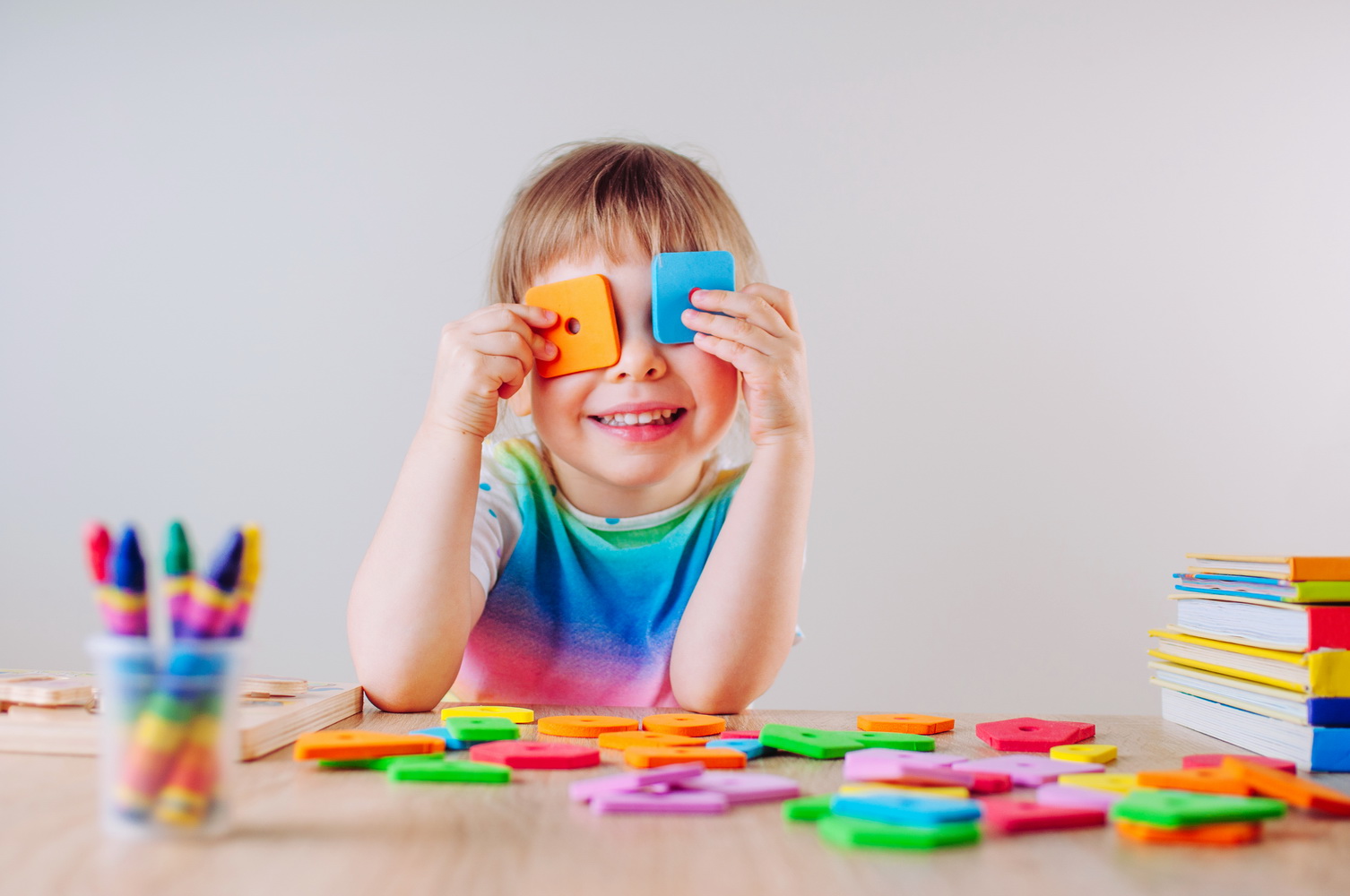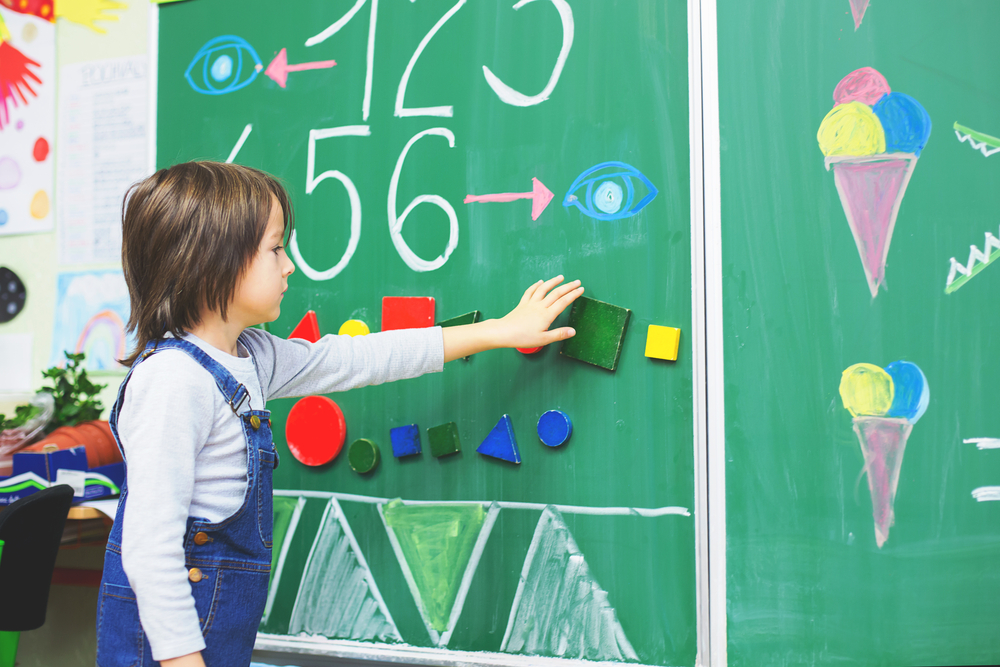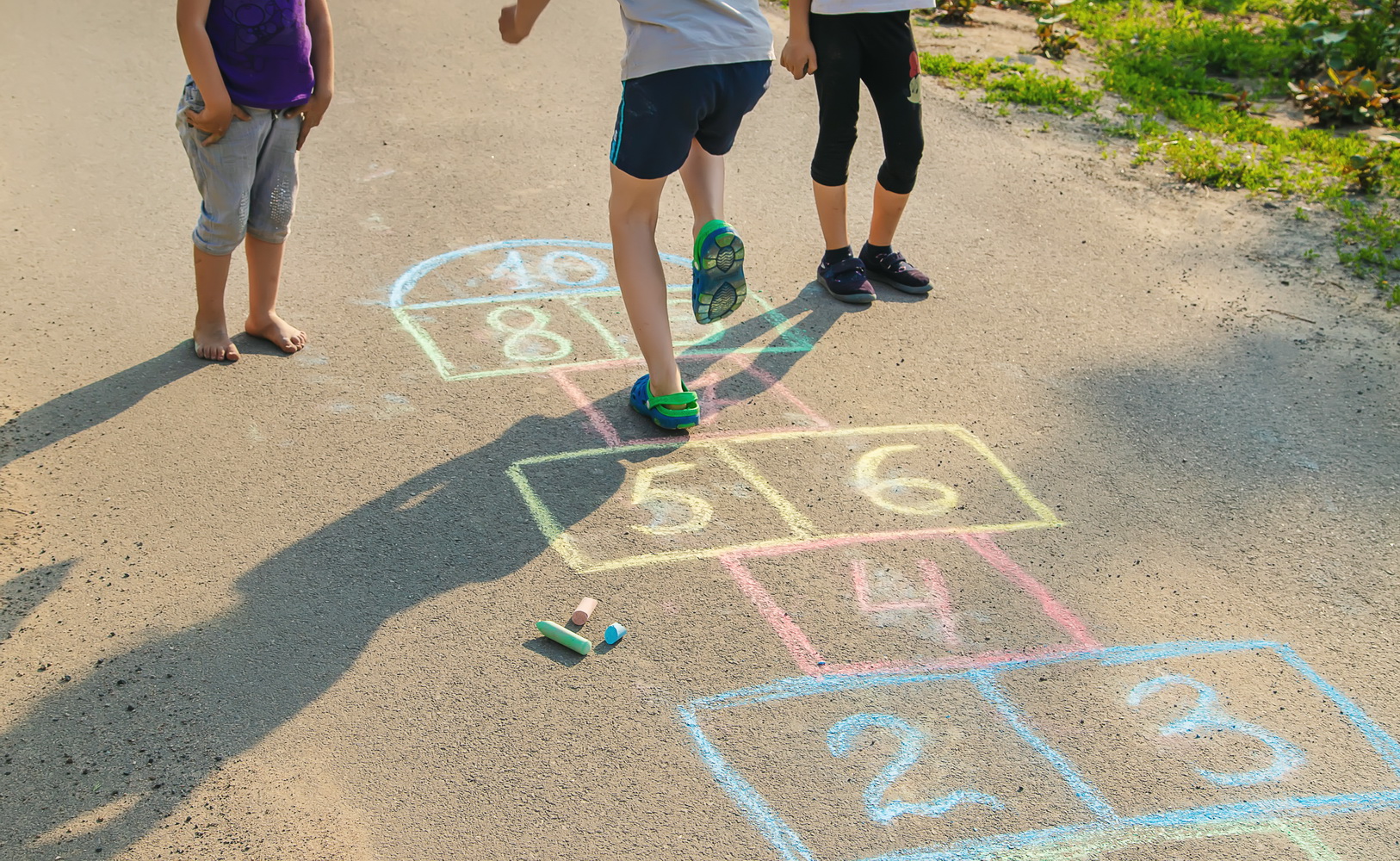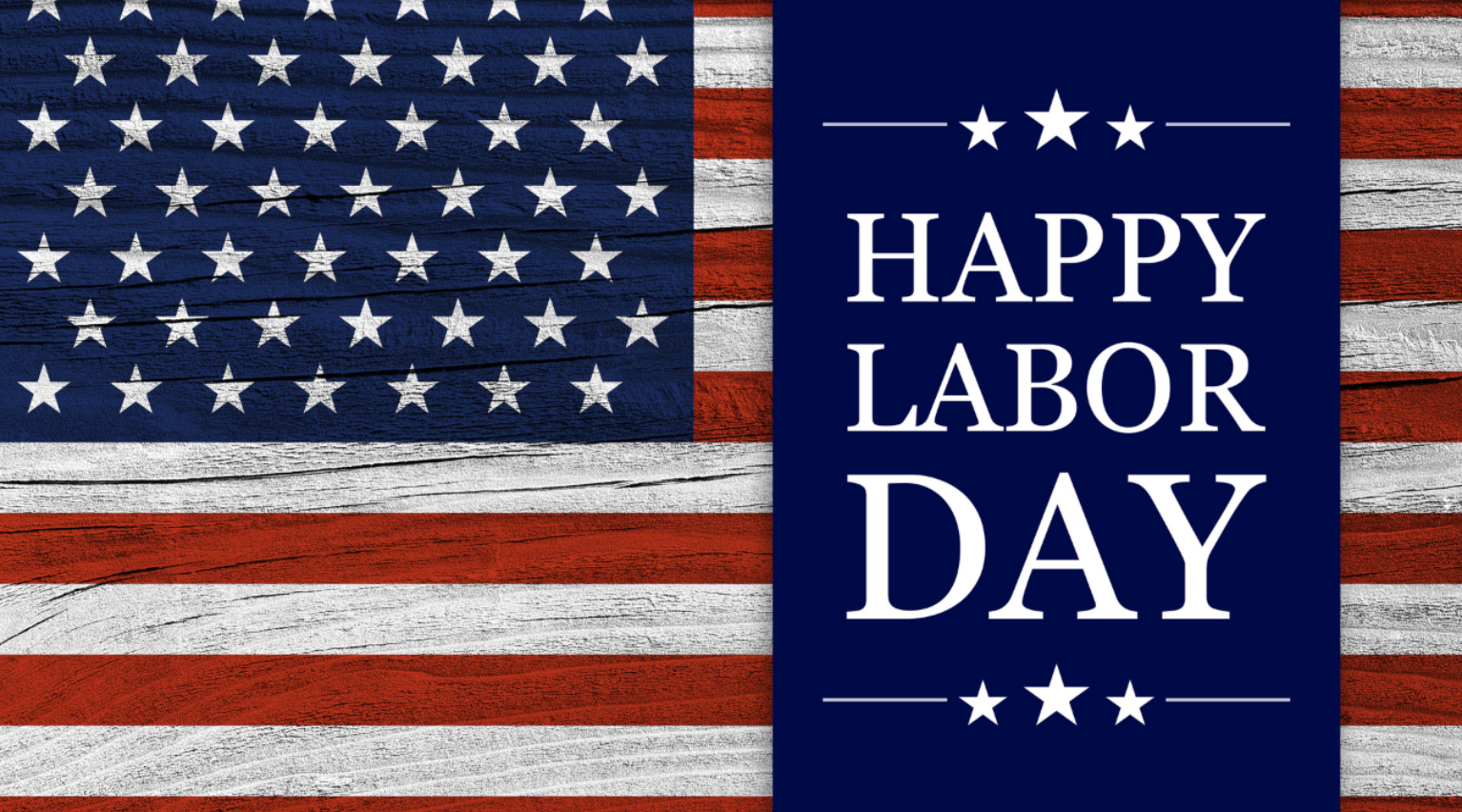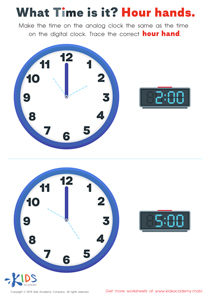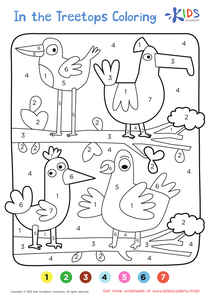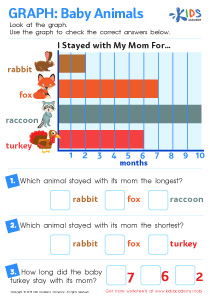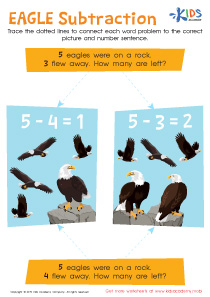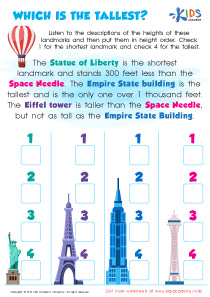Shape Recognition Grade 1 Geometry Worksheets
25 filtered results
-
From - To
Introduce your first graders to the fascinating world of shapes with our Shape Recognition Grade 1 Geometry Worksheets. Engaging activities that cover identifying, categorizing, and drawing basic geometric shapes like circles, squares, and triangles. These worksheets are ideal for developing foundational geometry skills while making learning fun. Each worksheet offers colorful, kid-friendly designs and interactive tasks to help children recognize shapes in different contexts. Boost your child's spatial awareness and vocabulary with hands-on practice that ensures a strong grasp of early math concepts. Perfect for classroom use or extra home enrichment to complement your child’s learning journey.
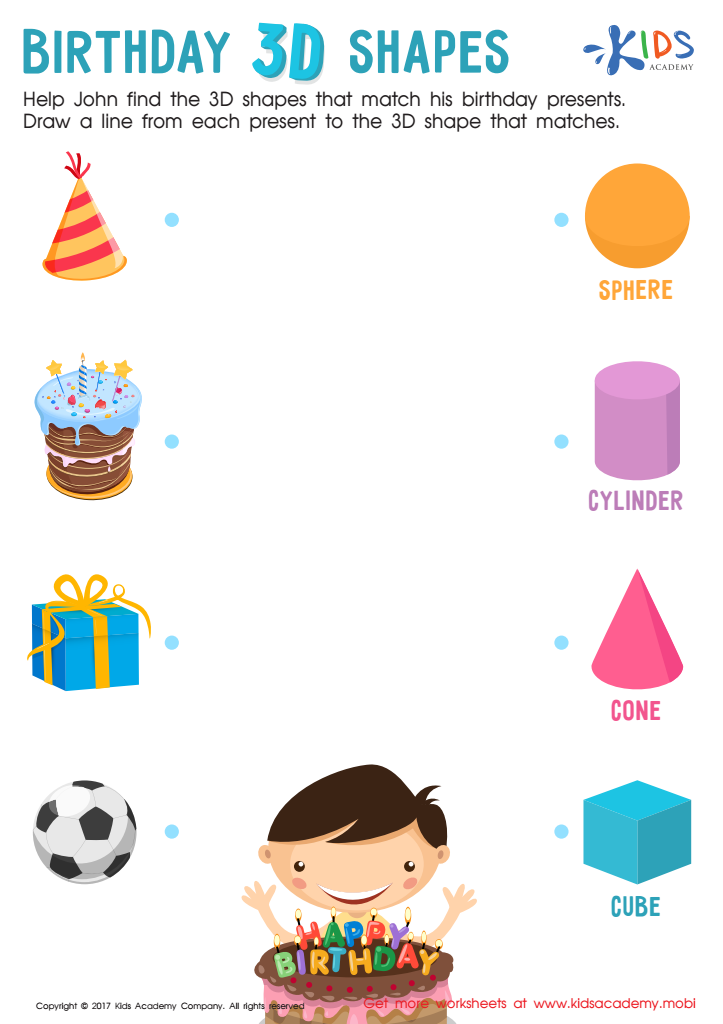

Birthday 3D Shapes Worksheet


Cone Hide-and-Seek Worksheet
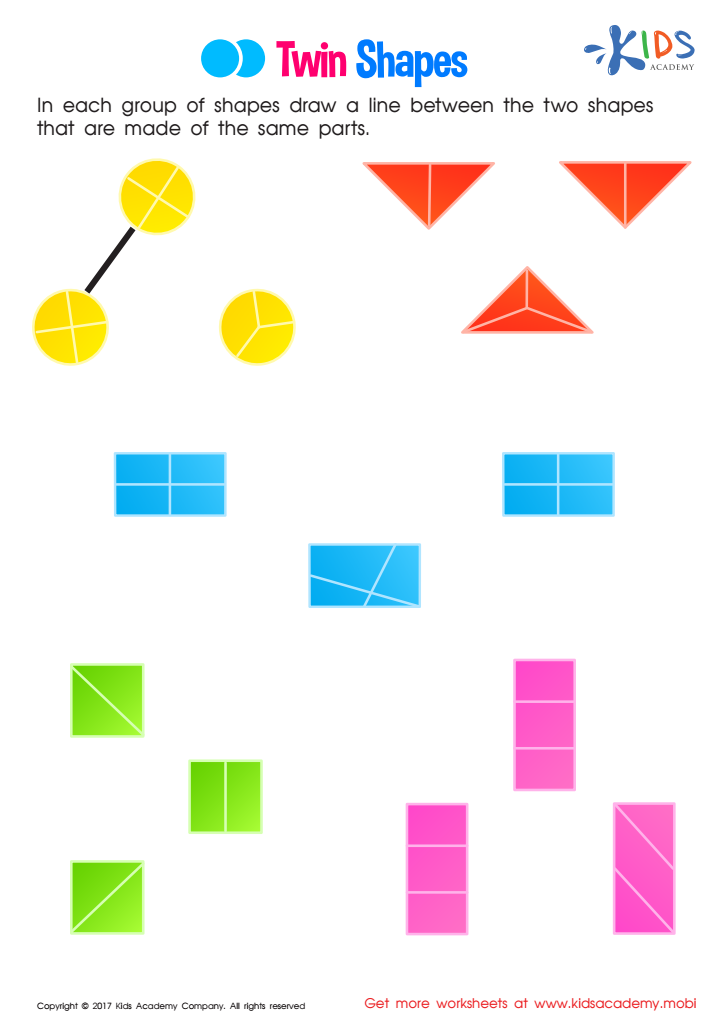

Twin Shapes Worksheet
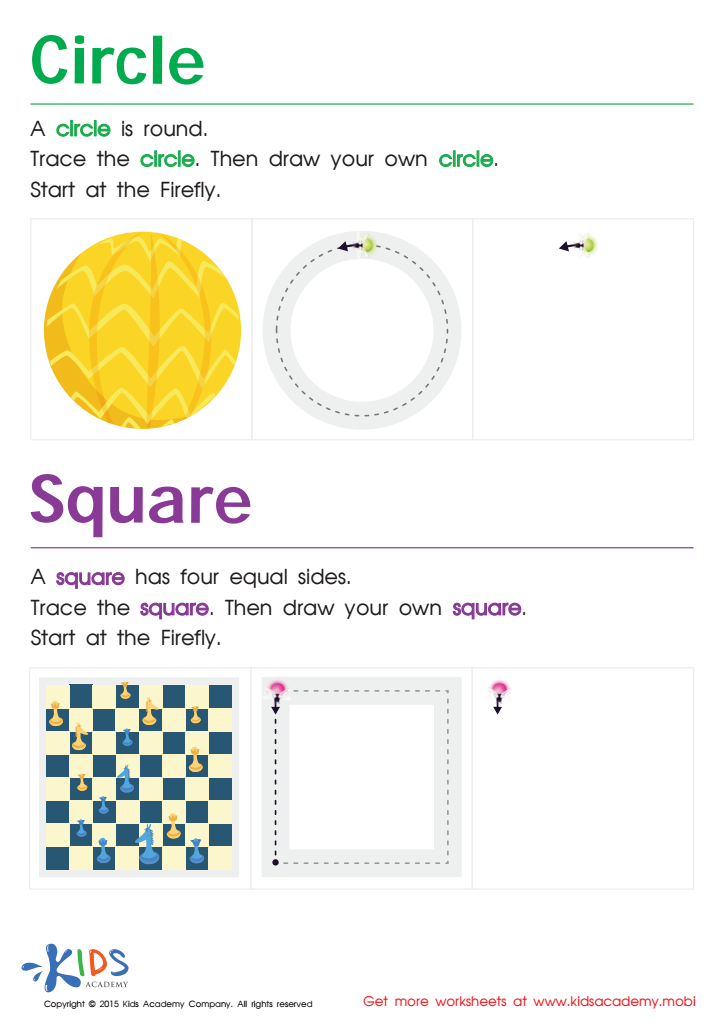

Trace And Draw a Circle And a Square Worksheet
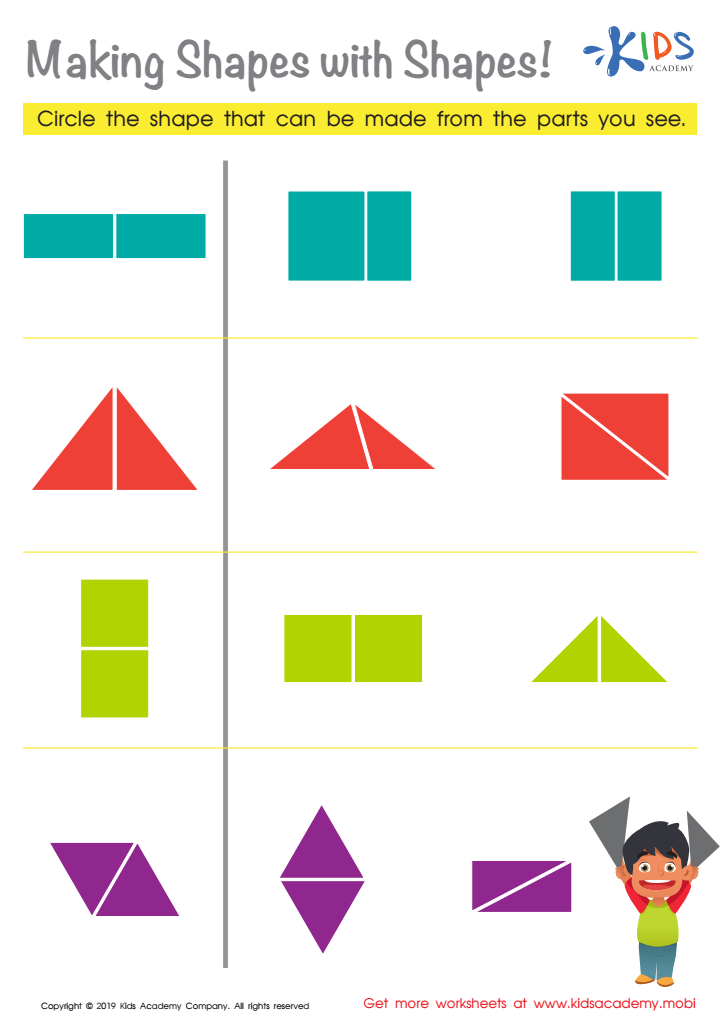

Making Shapes with Shapes Worksheet
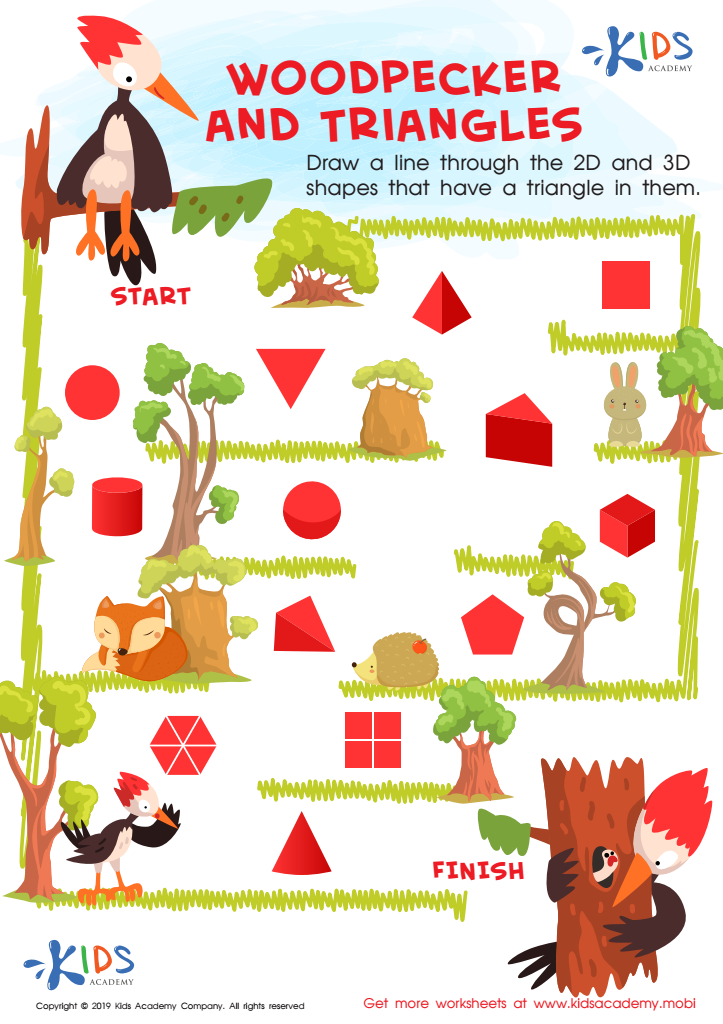

Woodpecker and Triangles Worksheet


Odd Shape Out Worksheet for Grade 1
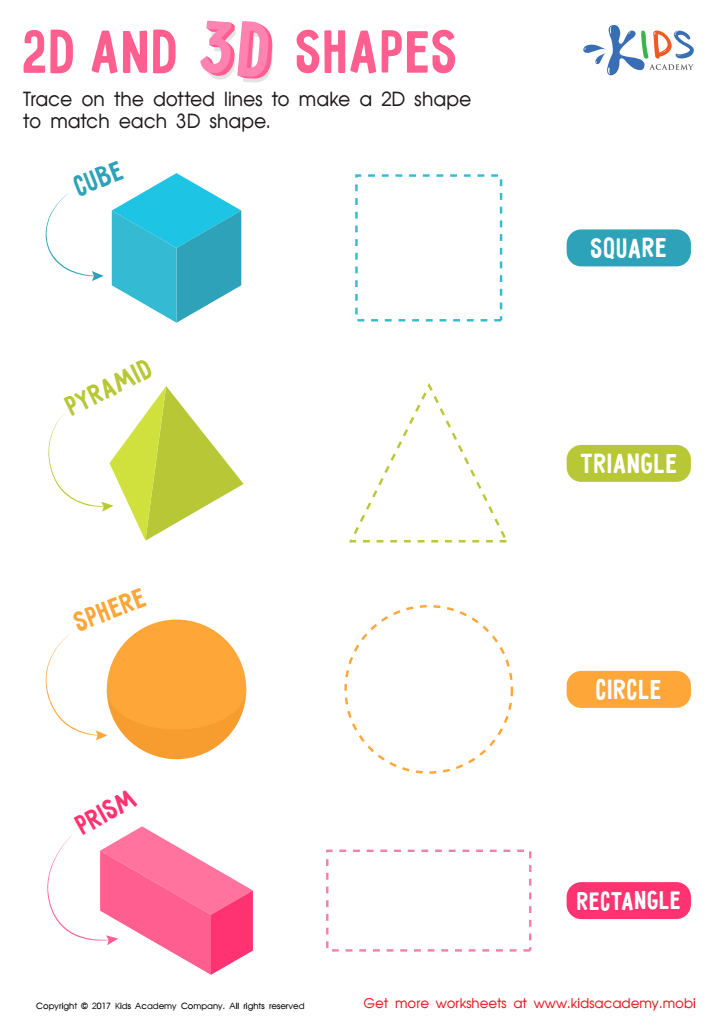

2D and 3D Shapes Worksheet
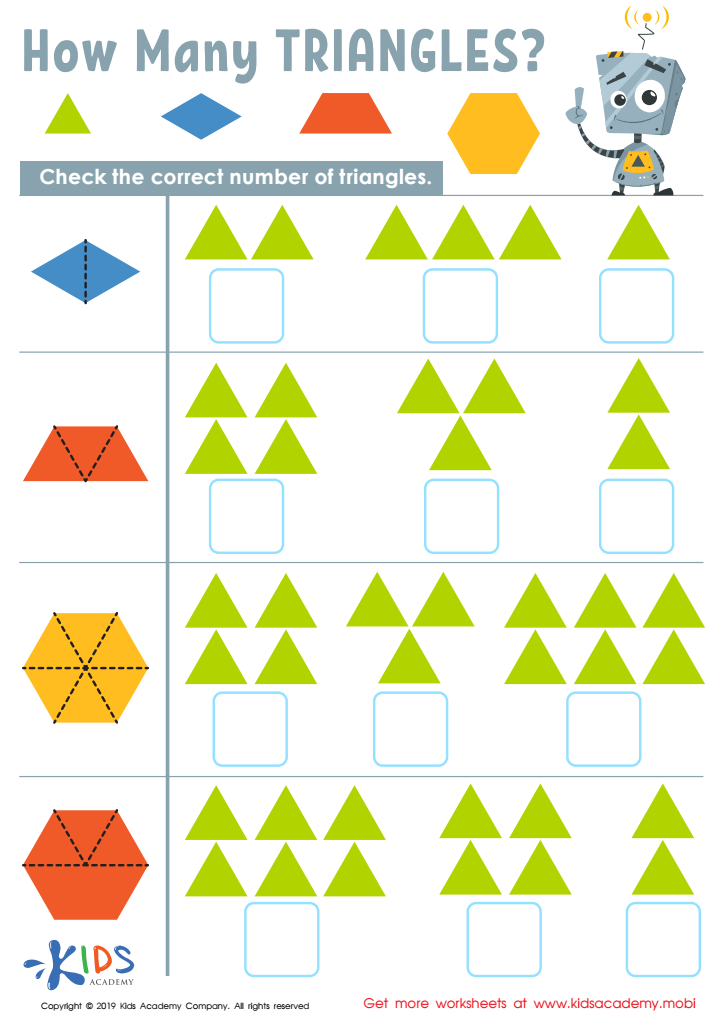

How Many Triangles Worksheet
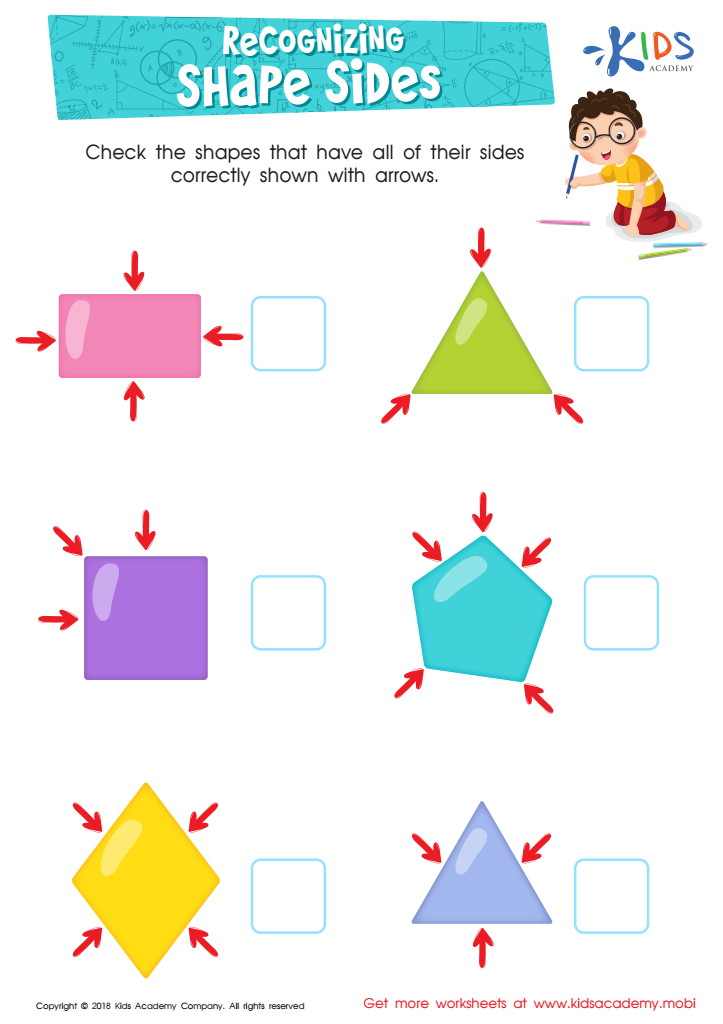

Recognizing Shape Sides Worksheet
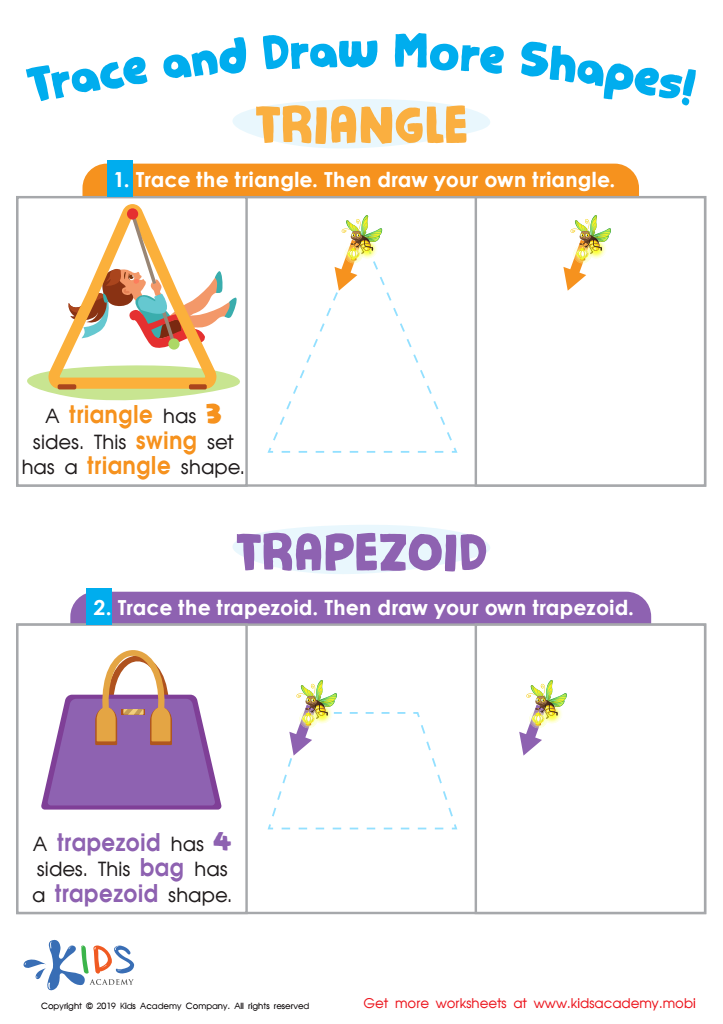

Trace and Draw More Shapes Worksheet
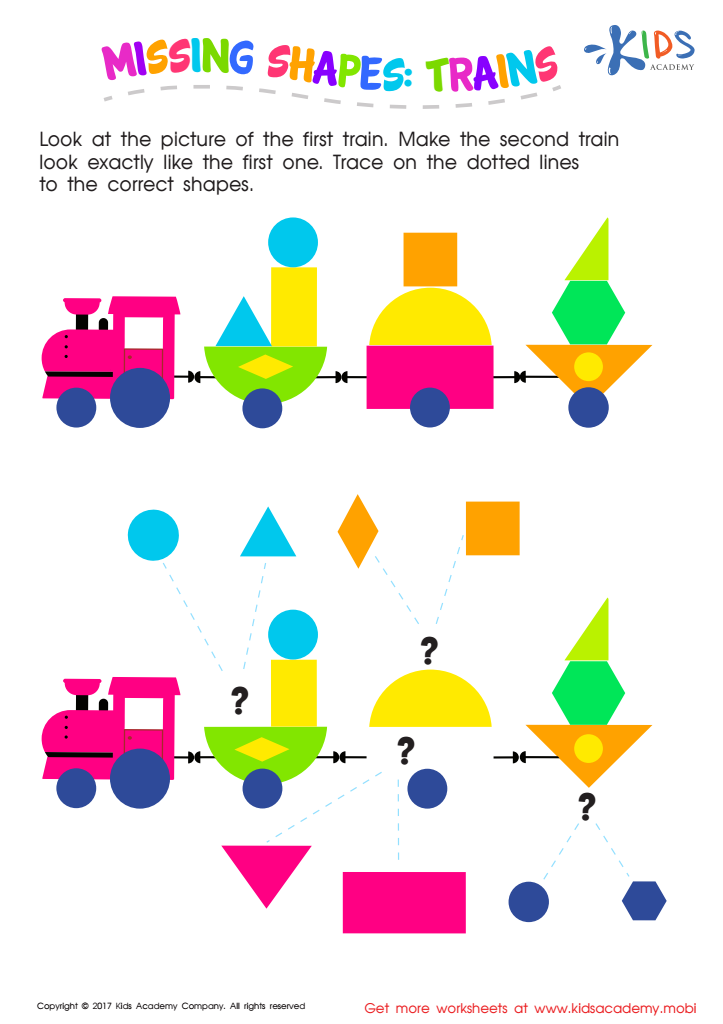

Missing Shapes: Trains Worksheet
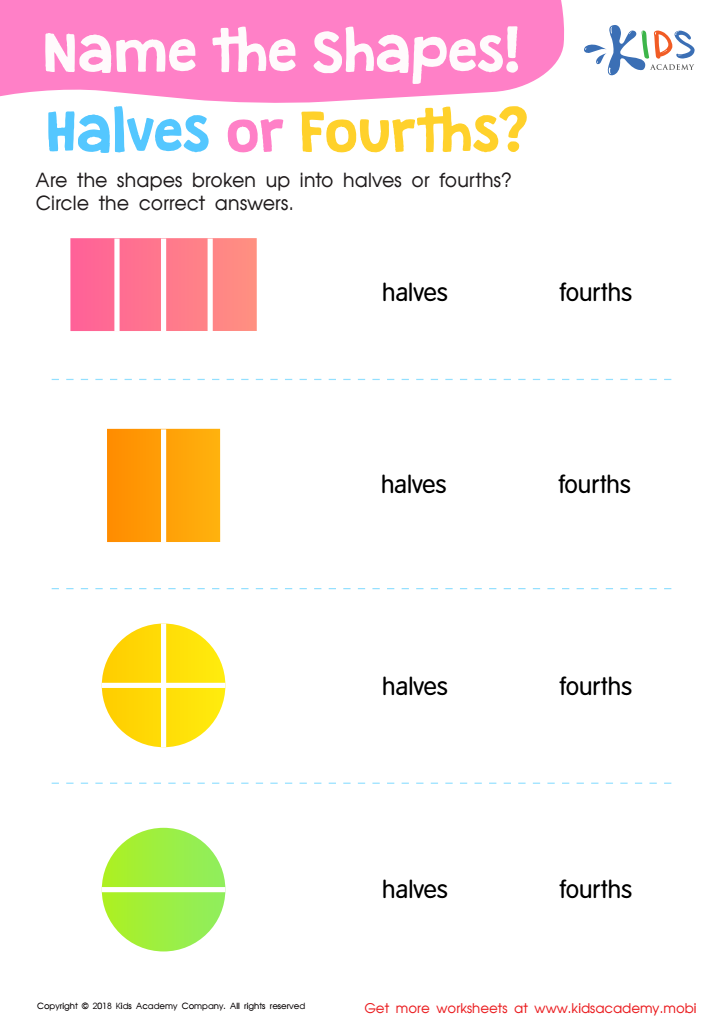

Name the Shapes Halves or Fourths? Worksheet
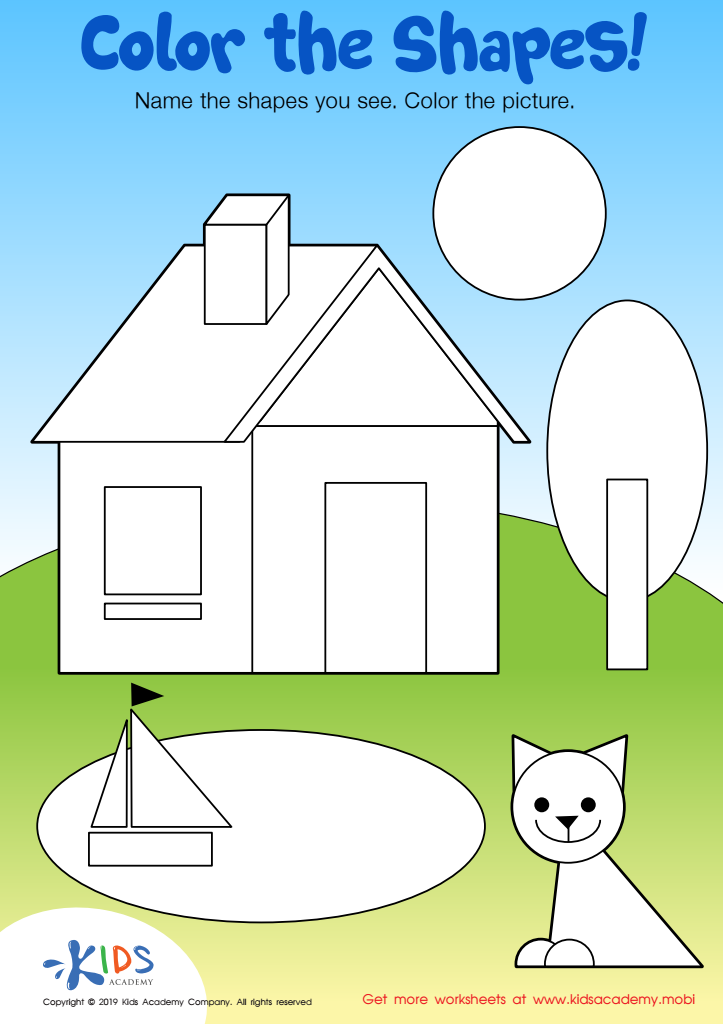

Color the Shapes Worksheet
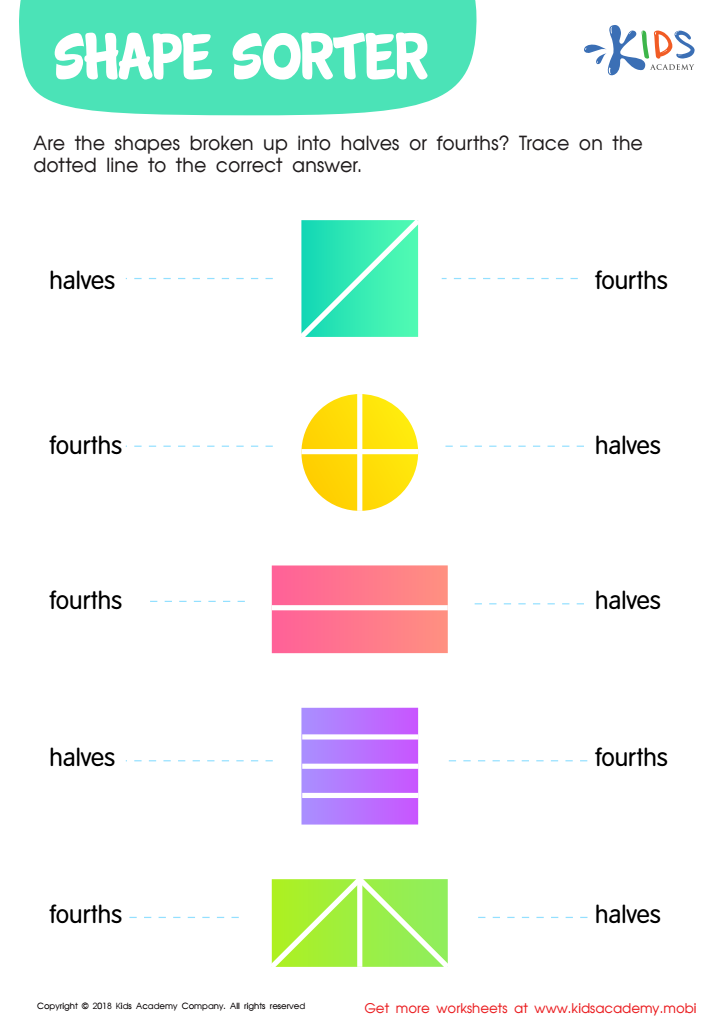

Shape Sorter Worksheet
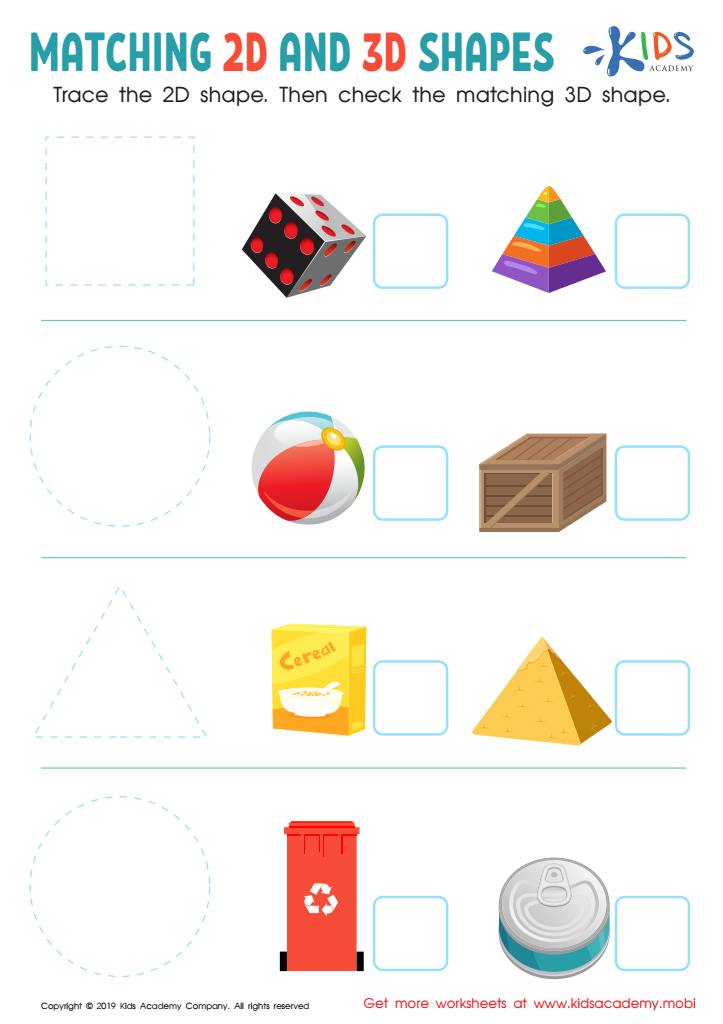

Matching 2D and 3D Shapes Worksheet
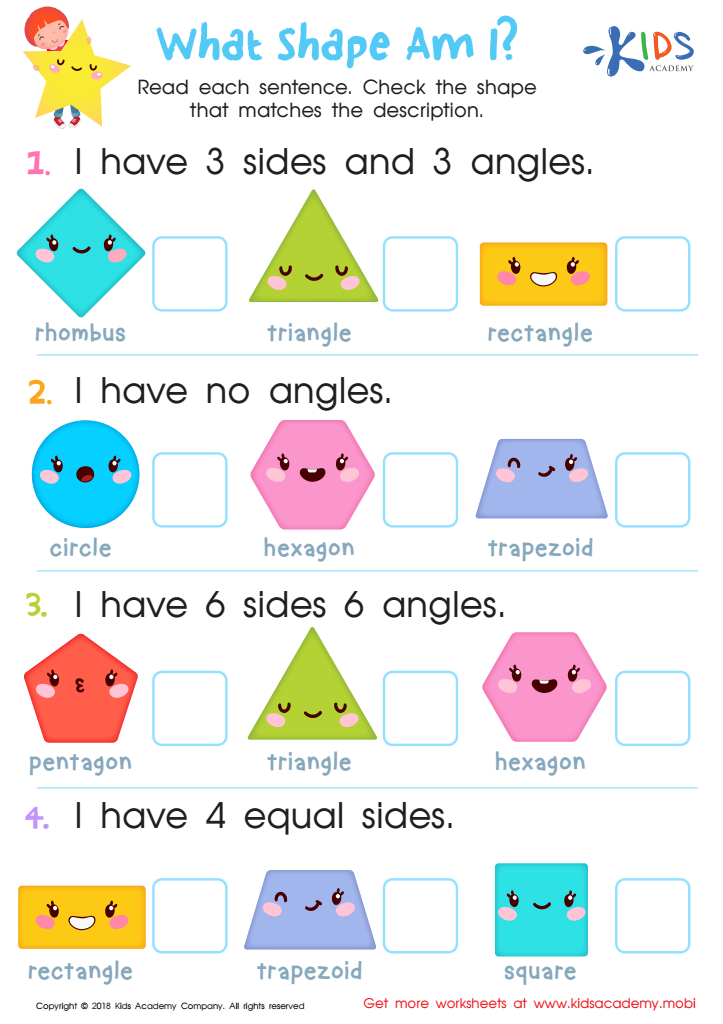

What Shape Am I? Worksheet
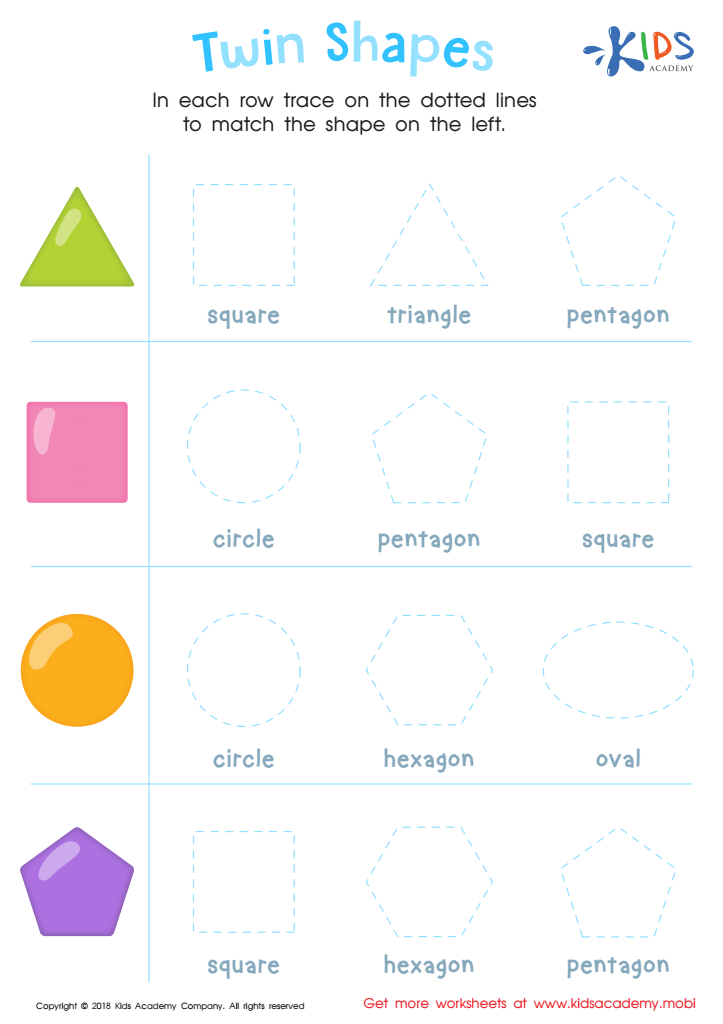

Twin Shapes Dot-to-Dot Worksheet
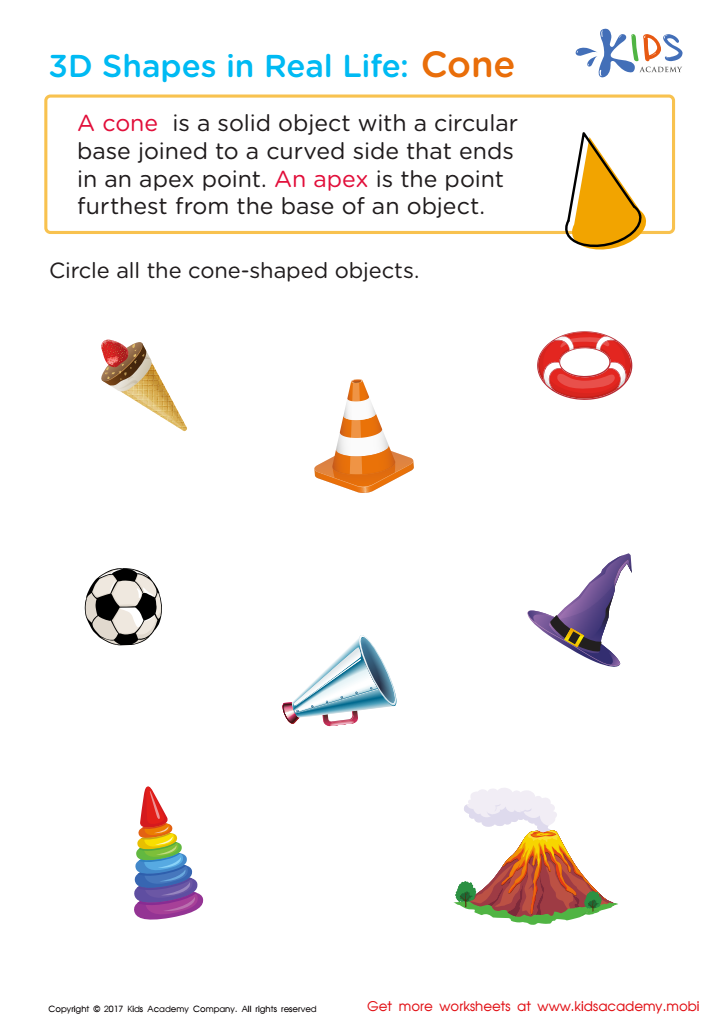

Shapes in Real Life: Cone Worksheet
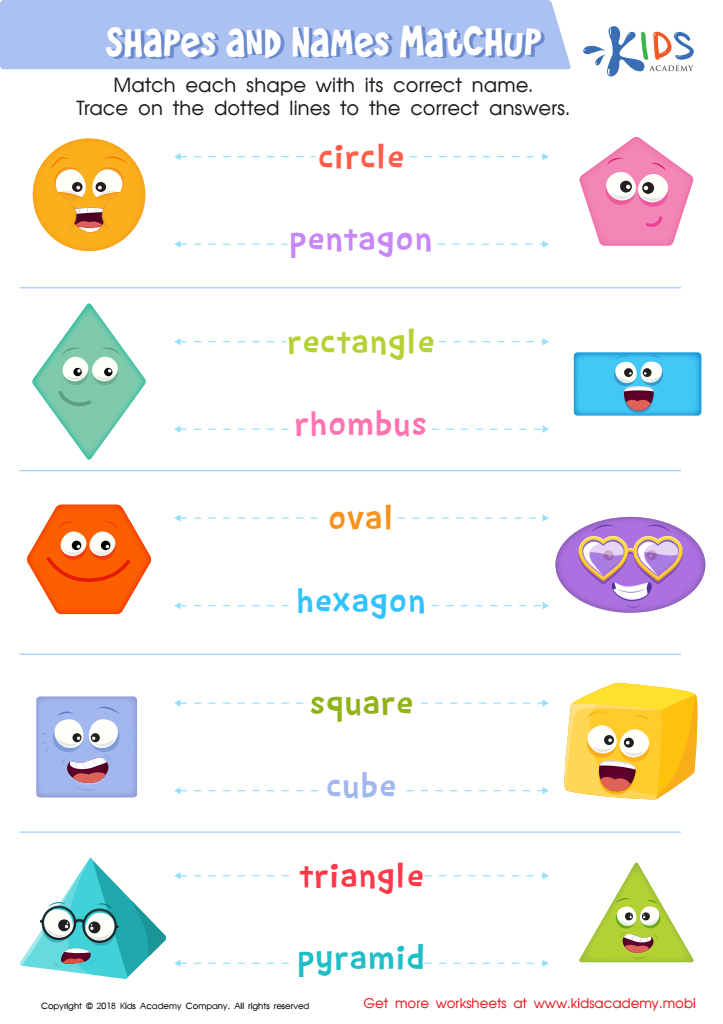

Shapes and Names Matchup Worksheet
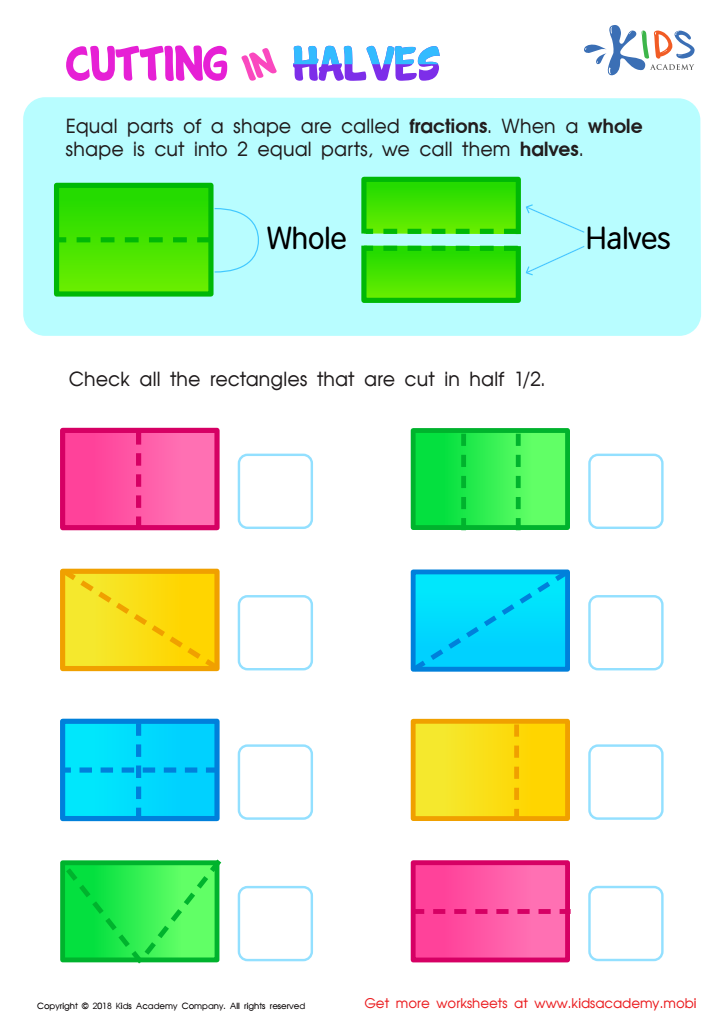

Cutting in Halves Worksheet
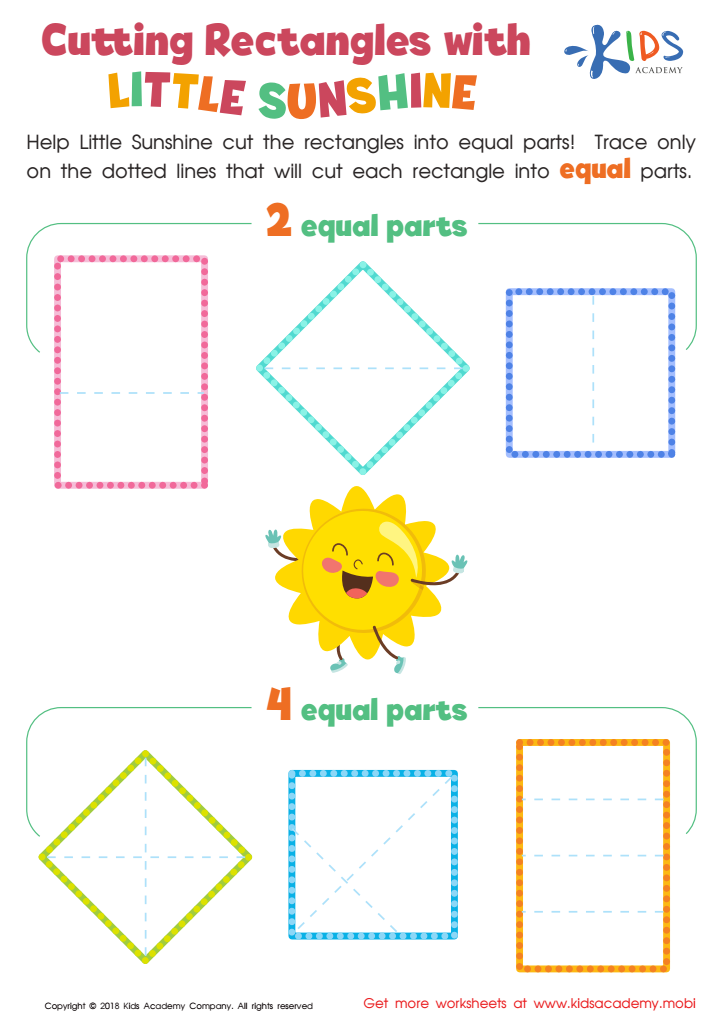

Cutting Rectangles with Little Sunshine Worksheet
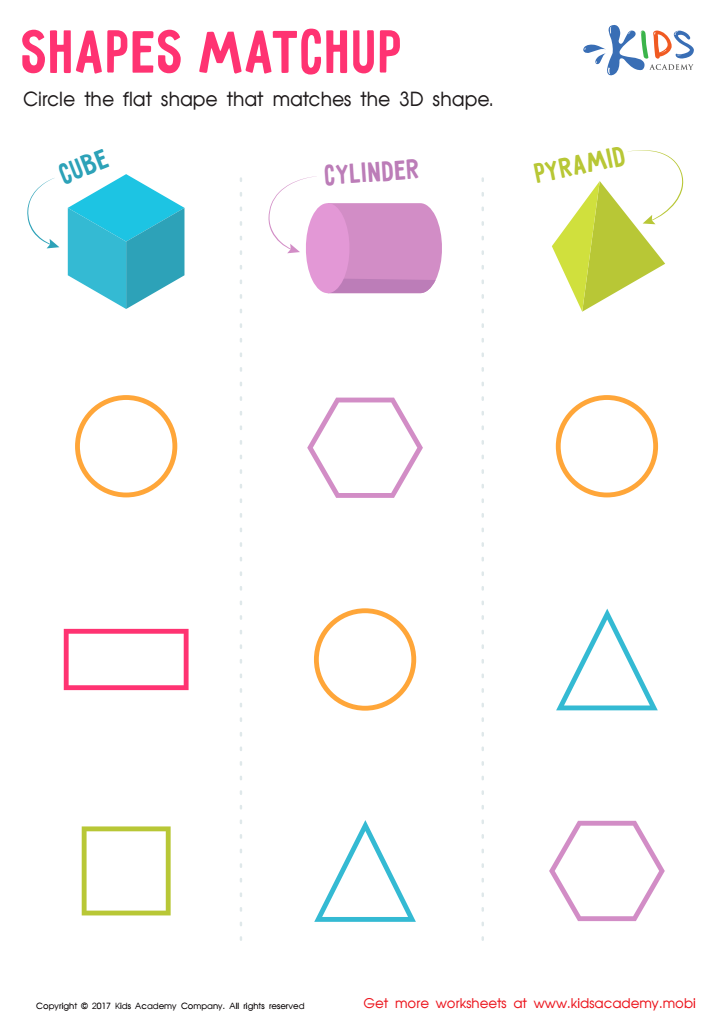

Shapes Matchup Worksheet
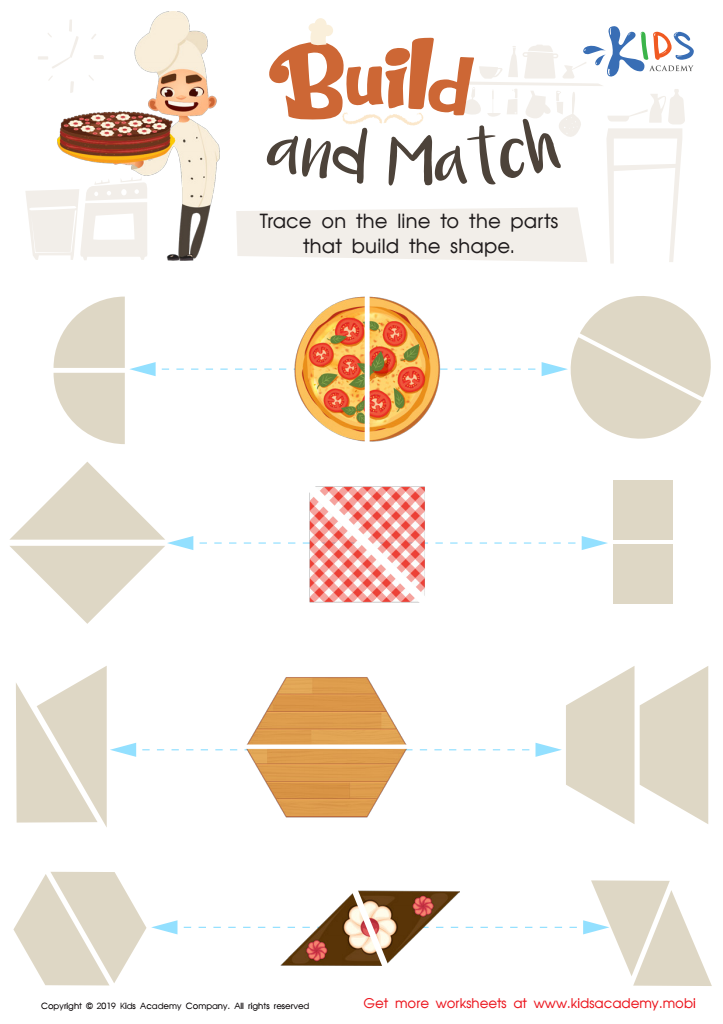

Build and Match Worksheet
Shape recognition is a foundational skill in early childhood education, especially important in the context of geometry for first graders. Parents and teachers should care about shape recognition because it fosters vital cognitive and motor skills. By learning to identify and differentiate shapes, children enhance their visual-spatial awareness, a critical component in areas ranging from reading comprehension to problem-solving.
Understanding shapes helps children as they progress in mathematics. Recognizing patterns, which often include geometric shapes, underpins many math concepts. Additionally, shape recognition plays a role in developing logical thinking skills necessary for solving both simple and complex problems, building a solid foundation for future education in subjects such as science, technology, engineering, and mathematics (STEM).
Moreover, shape recognition aligns with important life skills beyond academics. When children distinguish shapes correctly, they can better navigate their physical environment, improving their spatial orientation and safety. This skill is also integral to developing fine motor skills, as children draw shapes and manipulate objects.
Simultaneously, working with shapes encourages creativity and artistic expression, allowing children to see and create patterns in the world around them. By supporting shape recognition, parents and teachers set the stage for a more comprehensive and enriching educational experience, fostering a child's growth on multiple fronts.

 Assign to My Students
Assign to My Students


